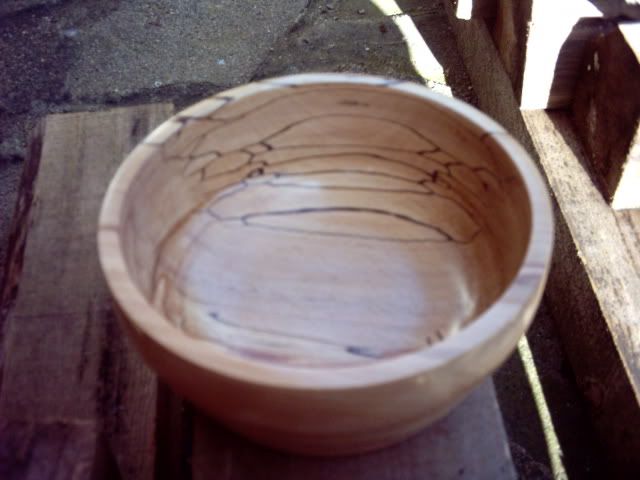Hi Dave, and welcome to the forum.
With spalted beech there are a few things to watch out for. Firstly, I'd advise wearing a good respirator to avoid breating in any dust. This should be standard practice with any hardwood work where you produce fine dust, but with spalted woods where the colouration is caused by a fungus, it is sometimes said to be even more important.
Regarding the actual turning, the biggest potential problem is that the timber is soft in some areas and harder in others. You'll need to use very sharp tools to get a good result and avoid tearing the endgrain. Taking a lot of shallow cuts should work better than fewer, deeper cuts.
When I have turned spalted woods in the past, I have found it helpful to apply a coat or two of diluted spirit or cellulose sanding sealer before taking a final light cut. It helps hold the fibres together and reduces the likelihood of tearing them. I think a coat of an oil finish should have a similar effect but will take a lot longer to dry.
Hope these suggestions help and I'm sure that others will be along soon with further advice.
Cheers
Neil





